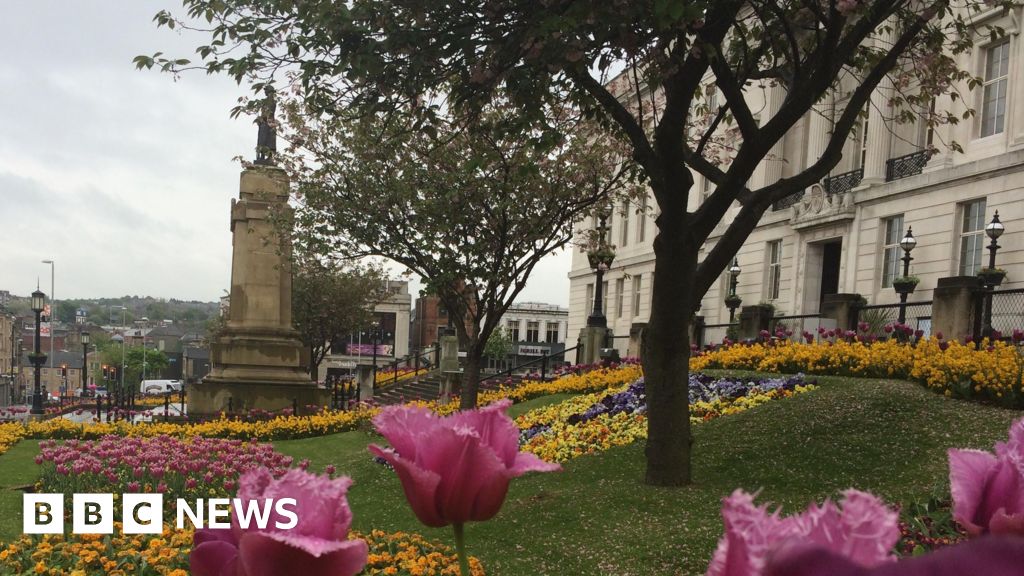ARTICLE AD BOX
Government borrowing fell last month despite signs that the economic recovery has begun to falter.
Borrowing - the difference between its spending and tax income - stood at £17.4bn in November, £4.9bn less than a year earlier.
The figure still marked the second-highest total for November since monthly records began in 1993.
Borrowing hit record levels because of Covid as the government spent billions of pounds on emergency measures.
These included the furlough scheme, which wrapped up on 1 October.
As a result, government debt has been pushed up to more than £2.3 trillion at the end of November this year - about 96.1% of the UK's gross domestic product (GDP) and the highest level recorded since the early 1960s.
The Office for National Statistics (ONS) estimates that the government has borrowed a total of £136bn so far in the current financial year (April to November), although this is £115.8bn less than in the same period last year.
As a result of a lower income from taxes and higher spending, the ONS now estimates that in the 2020-21 financial year the government borrowed £321.9bn. That amounted to 15% of GDP, the highest rate seen since the end of World War Two.

 3 years ago
47
3 years ago
47








 English (US) ·
English (US) ·